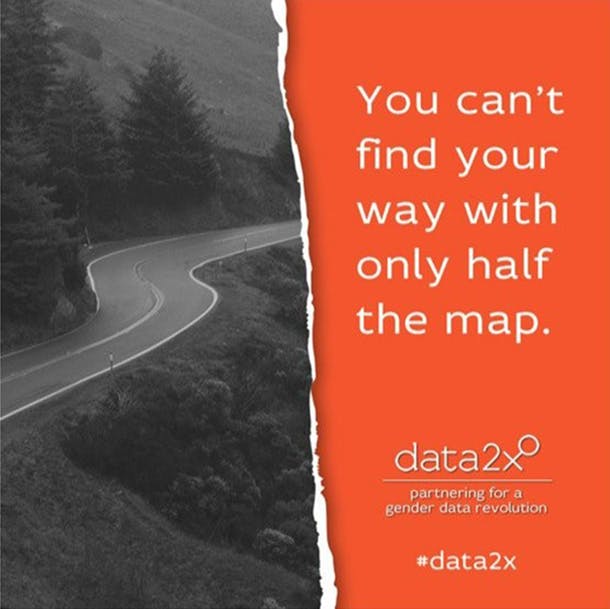
One year ago, world leaders gathered at the United Nations General Assembly and agreed on 17 Sustainable Development Goals to guide global development efforts for the next 15 years. Through these goals, they made a bold promise: To leave no one behind.
One year later, as a new session of the UN General Assembly begins and as we celebrate the first birthday of the Sustainable Development Goals, we are turning to the hard work of getting the goals accomplished, particularly how to live up to new promises on gender equality. As a gender data advocate, I am optimistic that there is a sincere commitment to meaningfully measure progress and an exciting opportunity to achieve it.
Here’s why:
1.Gender data is firmly on the agenda – we need to keep it there.
There is a groundswell around the “cool” factor for gender data, but this is not a one-hit wonder; indeed, we have been busy making sure gender data keeps its seat at the policy table. No longer is it only data scientists arguing that policy decision-making be informed by sex-disaggregated statistics that accurately depict the lives and realities of girls and women. It is a truth universally acknowledged (in the development community) that there is a gender gap in existing data and that this gap cannot be ignored.
2. There is more attention toward funding gender data.
The Gates Foundation’s exciting announcement at the Women Deliver conference in May committing $40 million to improving gender data launched a tidal wave of interest in this issue.
This builds on support by funders including the Hewlett Foundation and many governments that have championed gender data for many years. During the UN General Assembly, UN Women will launch its new flagship program at an event on September 21 with the Gates Foundation, the government of Australia, and Data2X. We’re hoping to hear new funding commitments to this program and to gender data, backed up by actionable strategic plans and new policy directions. Follow @Data2X and #GenderData to get the latest during the UN General Assembly.
3. Measuring progress toward the Sustainable Development Goals is being taken seriously.
The past year has seen a shift in discourse; we’ve moved from adopting the Sustainable Development Goals to achieving them. World leaders have agreed on a set of 230 indicators to measure progress toward the goals, ensuring that momentum is maintained and that governments are held accountable for their commitments. Exciting new initiatives are being launched to measure this progress, not only through UN processes, but also through new engagement by civil society advocates who are interested in ensuring that data is usable and accessible by communities. A civil society Sustainable Development Goals Tracker, spearheaded by Plan International, will explore the data to support evidence-based advocacy and policymaking around the lives of girls and women. Data2X is a part of this new initiative, furthering the idea that while gender data in the Sustainable Development Goals era requires renewed energy and investment, it is not impossible, and there are some indicators that are “Ready to Measure” now.
4. Gender data partnerships are producing demonstrable results.
Efforts over the past year have already produced measurable progress for girls and women by taking incremental steps toward gender equality. For example, our partnership with regional UN agencies has made a direct link between well-functioning civil registration and vital statistics systems and gender equality by highlighting the importance of marriage and divorce registration, typically ignored within these systems. Additionally, our work with the Flowminder Foundation using geospatial data for gender analysis has produced detailed maps showing women’s welfare at much higher spatial resolution than can be seen through traditional survey data, providing a way for policymakers to see “hot spots” within countries where girls’ and women’s outcomes need attention most. And finally, new methodologies to disaggregate Twitter feeds by sex allow us to better understand what matters most to girls and women in particular.
The gender data revolution is happening now. To learn more, watch this video.



 View All Blog Posts
View All Blog Posts